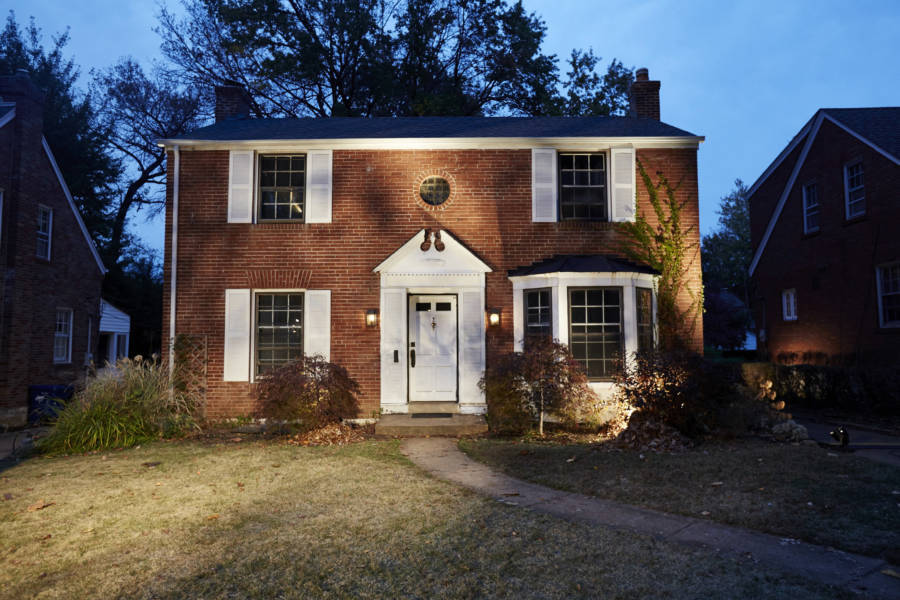For several months in 1949, the family of 14-year-old Ronald Hunkeler, a.k.a. Roland Doe, were stricken with terror as he exhibited disturbing symptoms that prompted them to put him through a series of grueling exorcisms.
In 1949, several newspapers across America, including The Washington Post, released an unsettling, anonymous report that detailed the alleged demonic possession of a 14-year-old boy identified only as “Roland Doe.”
These reports, and the chilling story surrounding them, would eventually inspire William Peter Blatty’s 1971 novel, The Exorcist and its iconic film adaptation two years later.
But just who was Roland Doe? And what really happened to him?
The story begins with a small family of German Lutheran immigrants — identified later by the Skeptical Inquirer as the Hunkelers — who had settled in the Maryland suburbs just outside of Washington, D.C. in the early 1940s.
The Hunkelers had a young son named Ronald, later called “Roland Doe,” an only child who was particularly close with his Aunt Harriet, a spiritualist who taught him many things, including how to use a Ouija board.
Then, Aunt Harriet passed away in January 1949, and Ronald soon began to experience strange things like objects moving by themselves, and scratching sounds coming from his walls and floorboards.
After consulting with doctors, psychiatrists, and their local Lutheran minister, the Hunkelers were seemingly left with no other options. That is, until the minister suggested the family reach out to the Jesuits for help.
Believing that young Ronald was a victim of demonic possession, Father Edward Albert Hughes, the priest of the local Catholic church, contacted his superiors and requested permission to perform an exorcism on Ronald.
During the exorcism, Hughes strapped Ronald to his mattress and began reciting prayers – but he was never able to finish, as Ronald suddenly broke off a jagged piece of the mattress’ metal spring and slashed the priest, cutting him across his shoulder.
After a few days, strange, red scratches mysteriously appeared on Ronald’s body, some of which seemingly spelled out the word “LOUIS,” leading his mother to believe that the family needed to go to St. Louis, where their relatives lived, to find help for their son.

Discovery via Getty ImagesThe St. Louis home where Ronald Hunkeler, a.k.a. Roland Doe, once resided, as seen in 2015.
In March 1949, they met with Father Raymond J. Bishop and Reverend William Bowdern, and the two men agreed to perform another exorcism on Ronald with the help of several assistants.
Meanwhile, Ronald began acting even more strangely. During the day, he was calm and perfectly normal, but at night, he would enter a trance-like state, make guttural sounds, and have sudden, wild outbursts. The priests even claimed that objects in his vicinity would fly around him.
After six days of exorcisms, Ronald’s family finally decided they’d had enough. They took Ronald to Alexian Brothers Hospital in St. Louis for treatment, where he remained until a “miracle” occurred on April 18, the Monday after Easter.
That day, Ronald awoke with seizures, shouting that Satan would always be with him. The priests, in a last-ditch effort to save him, laid holy relics, crucifixes, medals, and rosaries on Ronald, shouting at Satan and telling the devil that St. Michael would battle him for the boy’s soul.
Seven minutes later, Ronald came out of his trance and told them simply, “He’s gone.”
Learn more about Roland Doe and the story that inspired The Exorcist.
Learn more about the music used in our podcast. History Uncovered is part of the Airwave Media network. Learn more about your ad choices by visiting megaphone.fm/adchoices.






